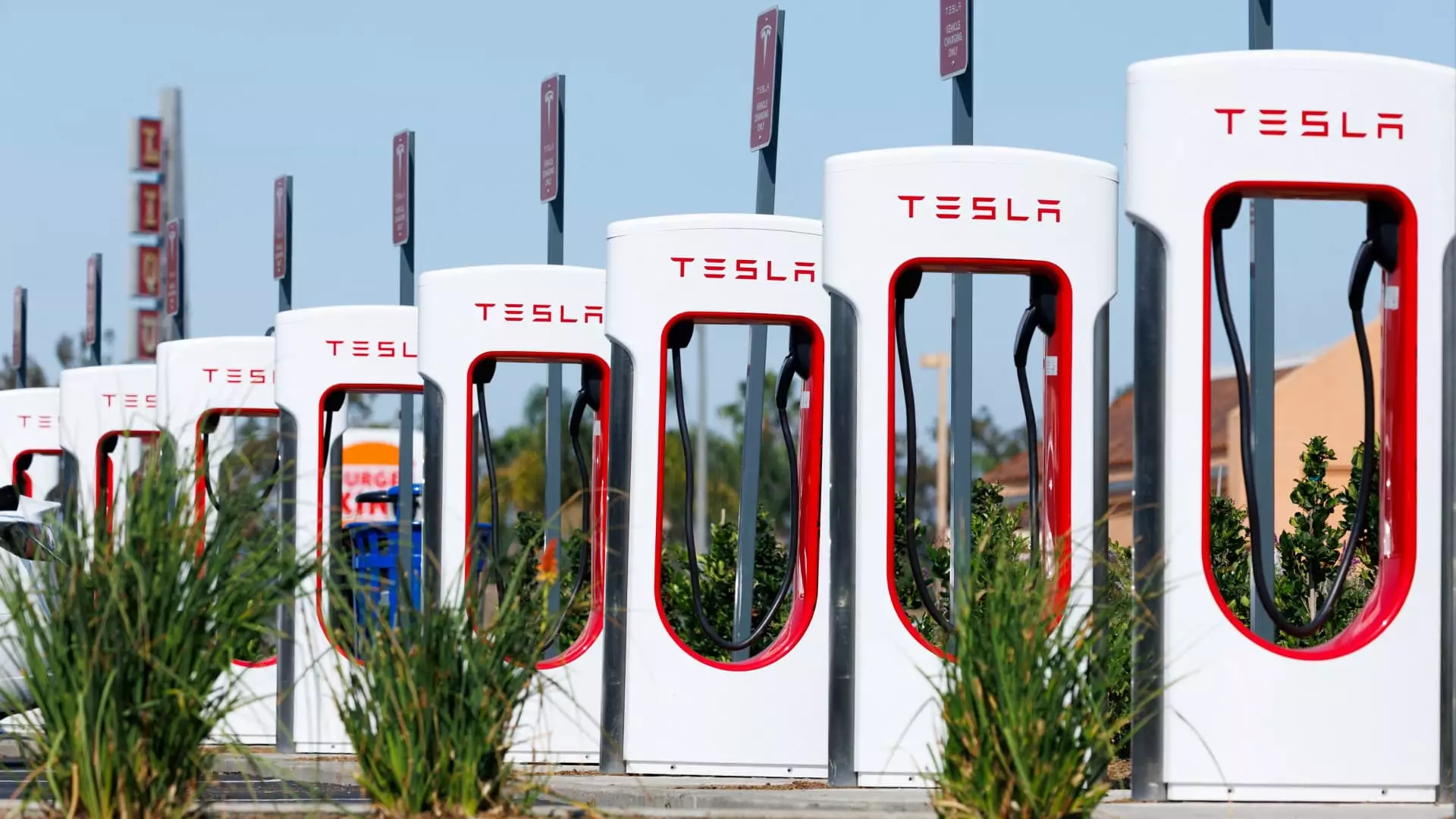The recent surge in the stock market, with the S&P 500 and Nasdaq hitting fresh highs, masks a dangerous complacency shared by many investors. While the headlines trumpet bullish momentum, the reality is that underlying vulnerabilities threaten to turn the tides unexpectedly. The belief that markets can simply disregard ongoing tariffs, trade tensions, and geopolitical uncertainties is dangerously naive. Investors have become overly fixated on short-term gains, ignoring the underlying structural weaknesses that, if left unaddressed, could plunge the market into a severe correction. This tunnel vision fosters an illusion of invincibility that, in turbulent times, could prove disastrous.
High Valuations and Overhyped Tech Giants Create a Bubble
Among the most glaring issues is the overvaluation of American tech giants, notably Tesla, which remains one of JPMorgan’s top short candidates. Its sky-high valuation, especially contrasted with other automakers like General Motors or Ford, signals an unnerving disconnect from fundamental earnings. Despite Musk’s optimistic announcements about expanding Robotaxi services and AI initiatives, these ventures are riddled with execution risks, lack of sensor redundancy, and regulatory hurdles. Tesla’s current market cap, driven more by hype than revenue, is a ticking time bomb that could explode as investor sentiment shifts. The danger lies in the fact that many of these valuations are built on speculative hopes rather than concrete, sustainable business models.
Valuations in Consumer Staples and Healthcare Are Overinflated
Another problematic area is in traditional consumer and healthcare sectors, exemplified by Whirlpool. The firm’s recent performance and elevated valuation are indicative of a broader market trend—favoring high-growth, overhyped stocks rather than truly undervalued assets. Whirlpool’s recent stock rally, fueled by expectations of tariff-induced competitive advantage, is likely overextended. If global supply chains remain volatile or tariffs become more restrictive, the so-called “tariff winners” may quickly lose their edge. Overreliance on political protectionism exposes investors to significant downside risks, especially if geopolitical tensions escalate further or if policy shifts threaten their competitive positioning.
The Illusion of Nearly Unstoppable Growth in Biotech and Innovation
JPMorgan’s bearish stance on Moderna underscores a critical vulnerability in contemporary biotech. While many investors are dazzled by the promise of innovation, the industry’s systemic issues—persistent cash burn, regulatory headwinds, and legal challenges—paint a more sobering picture. Moderna’s difficulties highlight a broader sector trend: revolutionary technological breakthroughs often take longer, cost more, and face more hurdles than optimistic forecasts suggest. Promising story stocks like Moderna can turn sour quickly if near-term catalysts fail to materialize or if regulatory environments tighten further. Relying on consensus analyst optimism ignores the considerable downside risks lurking beneath these high-flying narratives.
Automation and AI: Shaping Risks Beyond the Horizon
The push toward autonomous vehicles, AI-driven solutions, and robotic automation paints an alluring picture of technological progress. Yet, these innovations carry significant risks that are often glossed over. For example, Tesla’s robotaxi ambitions, while exciting, are fraught with technical, legal, and societal challenges. Automation could also lead to widespread job disruptions and economic dislocation, fueling political backlash. Policymakers may impose restrictions, or consumers could reject certain technologies, invalidating lofty projections. Overestimating the speed and smoothness of these shifts leads investors into dangerous speculative territory, vulnerable to sudden reversals.
Trade and Regulatory Policy: A Pandora’s Box
Despite the market’s recent resilience, the specter of trade wars and regulatory crackdowns looms large. The assumption that tariffs and regulations will be passive or temporary is flawed. Historically, trade tensions have a knack for escalating, impacting industries abruptly. The current optimism overlooks these geopolitical risks, which could wipe out years of gains overnight. For investors, the lesson is clear: placing unwavering trust in a stable policy environment is perilous. Unanticipated policy shifts can erode corporate profits, destabilize valuations, and trigger rapid market corrections.
The Central Problem: Ignoring Structural Soundness for Short-Term Gains
Ultimately, the most critical flaw in the current investing mindset is a desire to chase short-term profits at the expense of structural integrity. The market’s focus on hype, high valuations, and optimistic forecasts blinds investors from the warning signs of an overheating bubble. Real wealth generation depends on solid fundamentals and prudent risk management—traits that remain underappreciated in the speculative frenzy. Unless investors accept that fundamental risks are real and persistent, the promise of a sustainable bull run will remain illusory, vulnerable to devastating shocks that can undo years of tentative progress.

